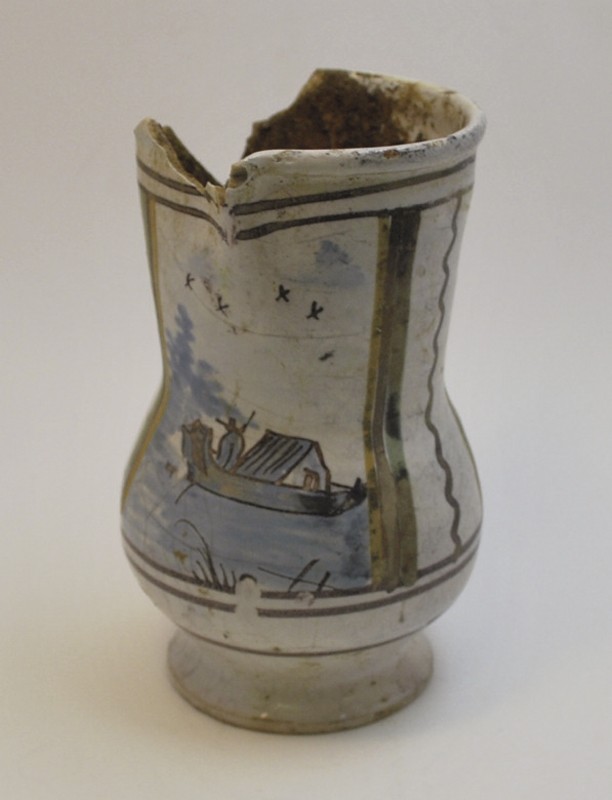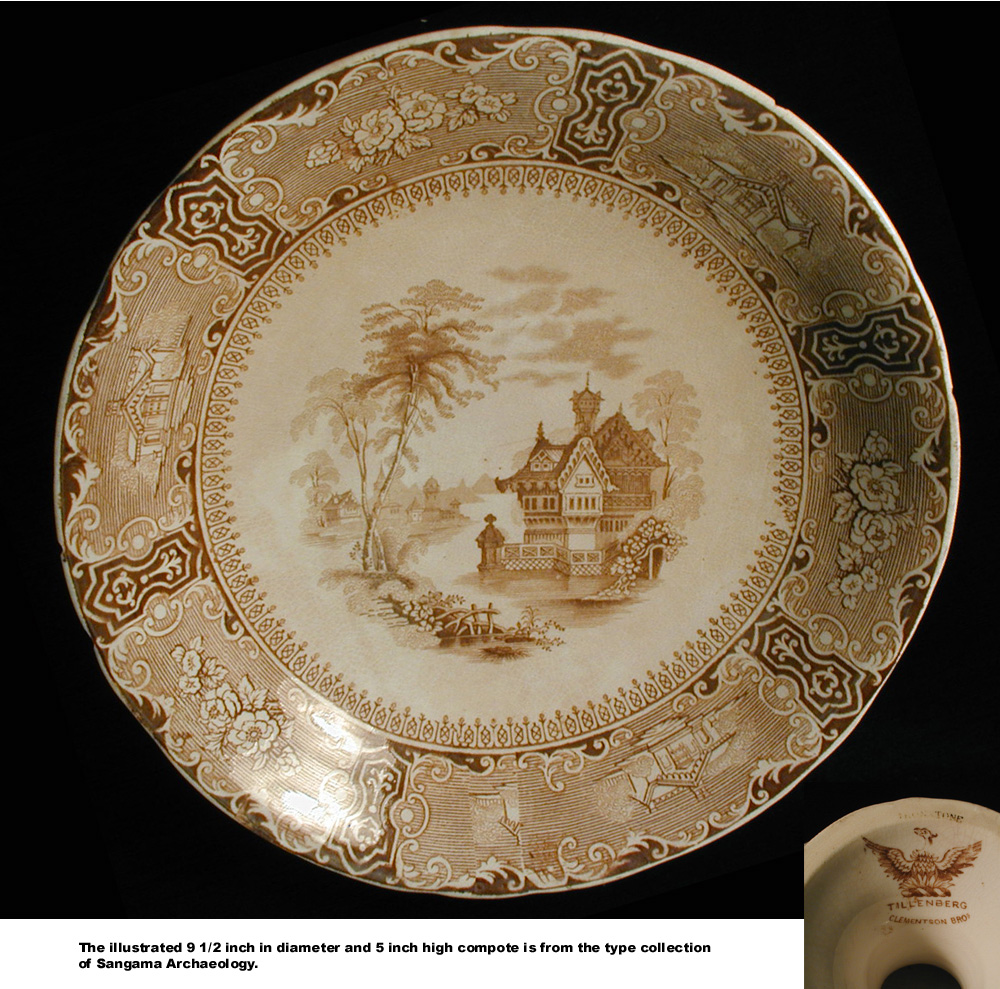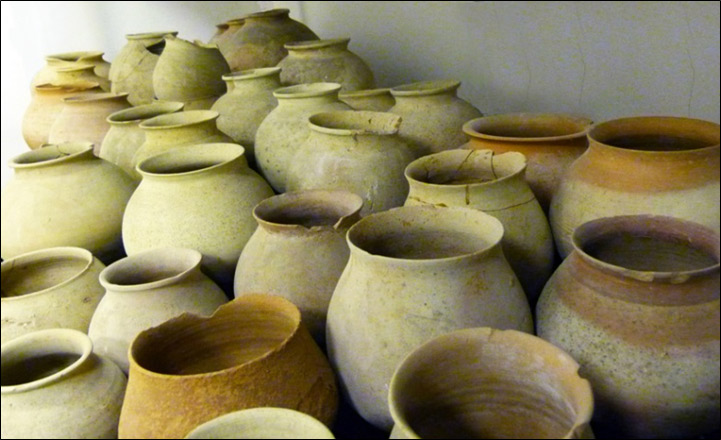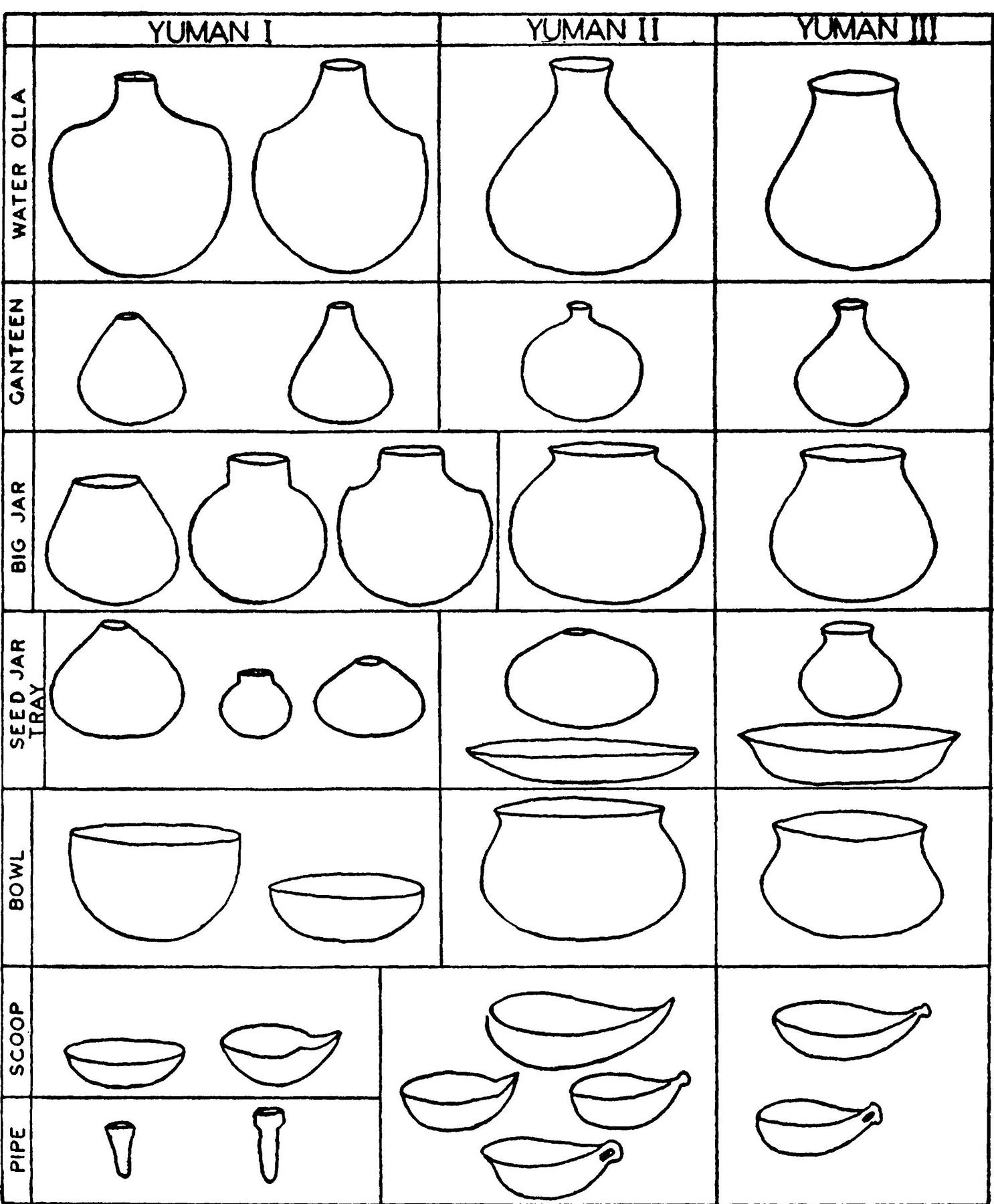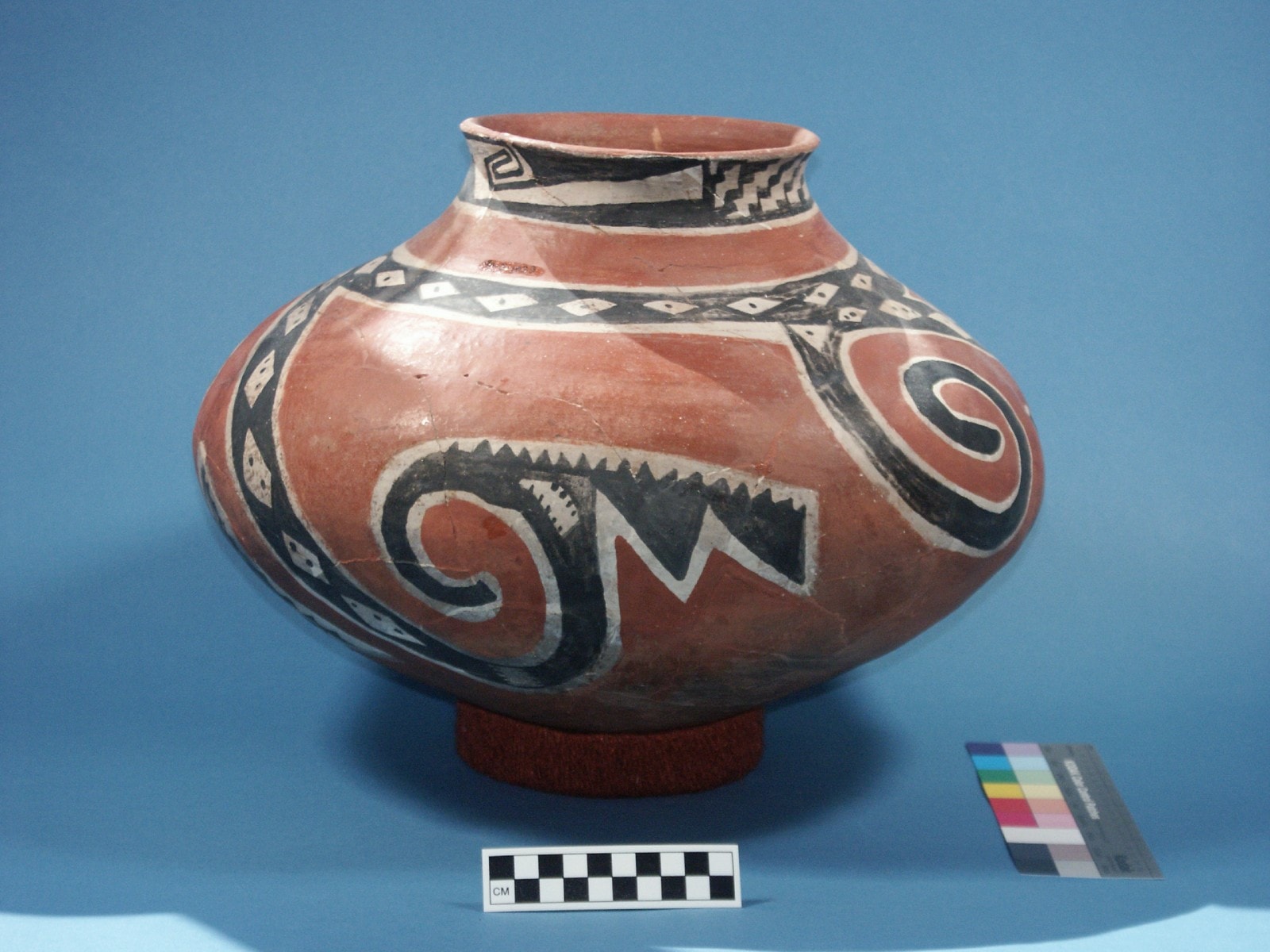Introduction to ceramic identification our ceramic type collection and associated database are organized around the concept of ceramic type which is a concept typically used by historical archaeologists to identify classify and compare pottery.
Ceramics definition archaeology.
Ceramics are generally known as pottery but the term also refers to the manufacture of any product from a nonmetallic mineral by firing at high temperatures.
For example clay has chemically bonded water in it which will cause it to slake down disintegrate when a dried clay object is put in water.
It encompasses description of the arrangement size shape frequency and composition of ceramic material constituents.
In antiquity chert was one of the universally preferred materials for making stone tools obsidian was another.
They are among the most common artifacts to be found at an archaeological site generally in the form of small fragments of broken pottery called sherds.
Chert a fine grained sedimentary rock similar to flint that is white pinkish brown gray or blue gray in color.
Used to grind clay and glaze materials.
Ceramic artifacts have an important role in archaeology for understanding the culture technology and behavior of peoples of the past.
A mechanically revolving vessel in which ceramic materials can be placed along with water and flint pebbles or high fired porcelain slugs.
In archaeology especially of ancient and prehistoric periods pottery often means vessels only and figures etc.
Of the same material are called terracottas.
Technically ceramics are those things made from materials which are permanently changed when heated.
Pottery from székely land romania on sale in budapest.
Abstract and keywords fabric description is fundamental to the characterization technological analysis and provenance determination of archaeological ceramics.
The art or process of making useful and ornamental articles from clay by shaping and then hardening them by firing at high temperatures.
Processing of collected sherds can be consistent with two main types of analysis.
Pottery given that at this stage the size and character of the assemblage will not be known.
